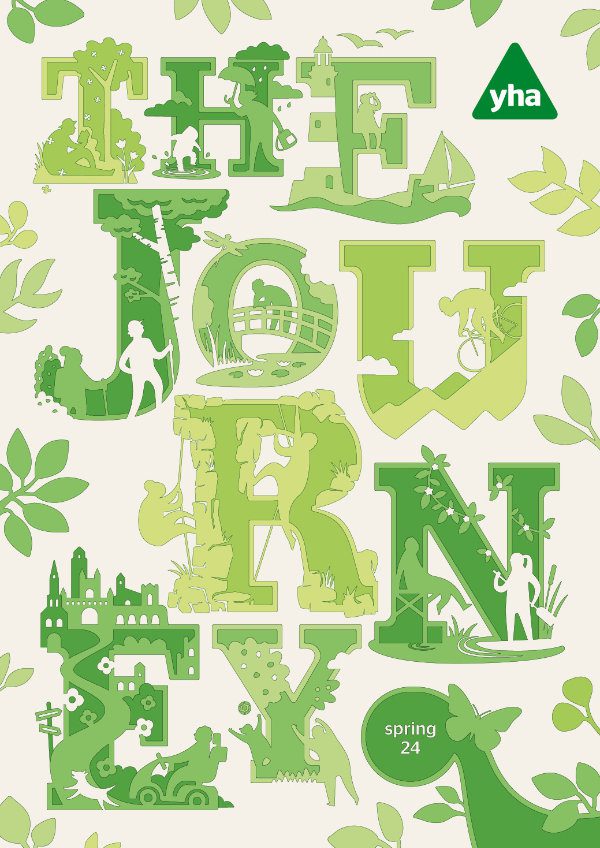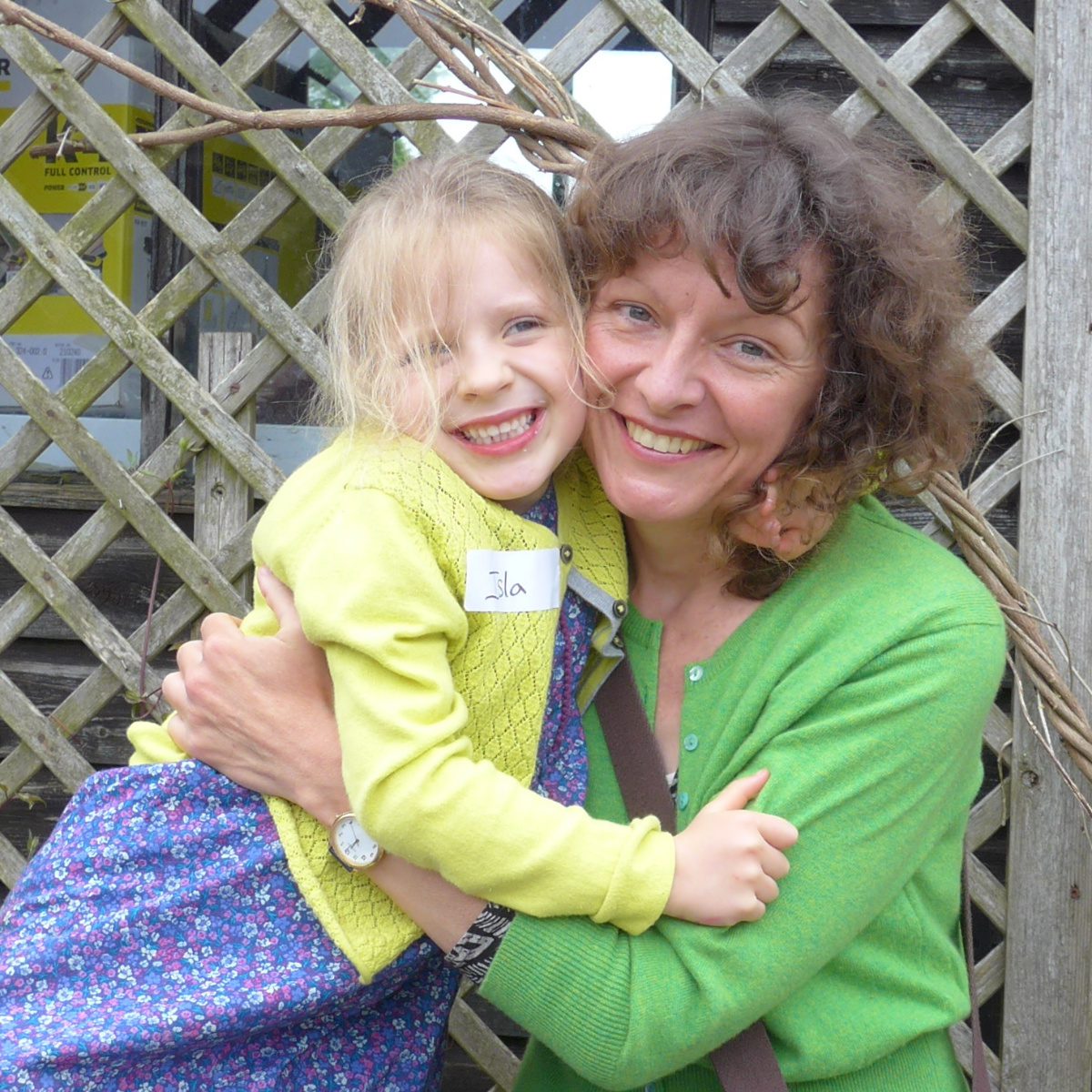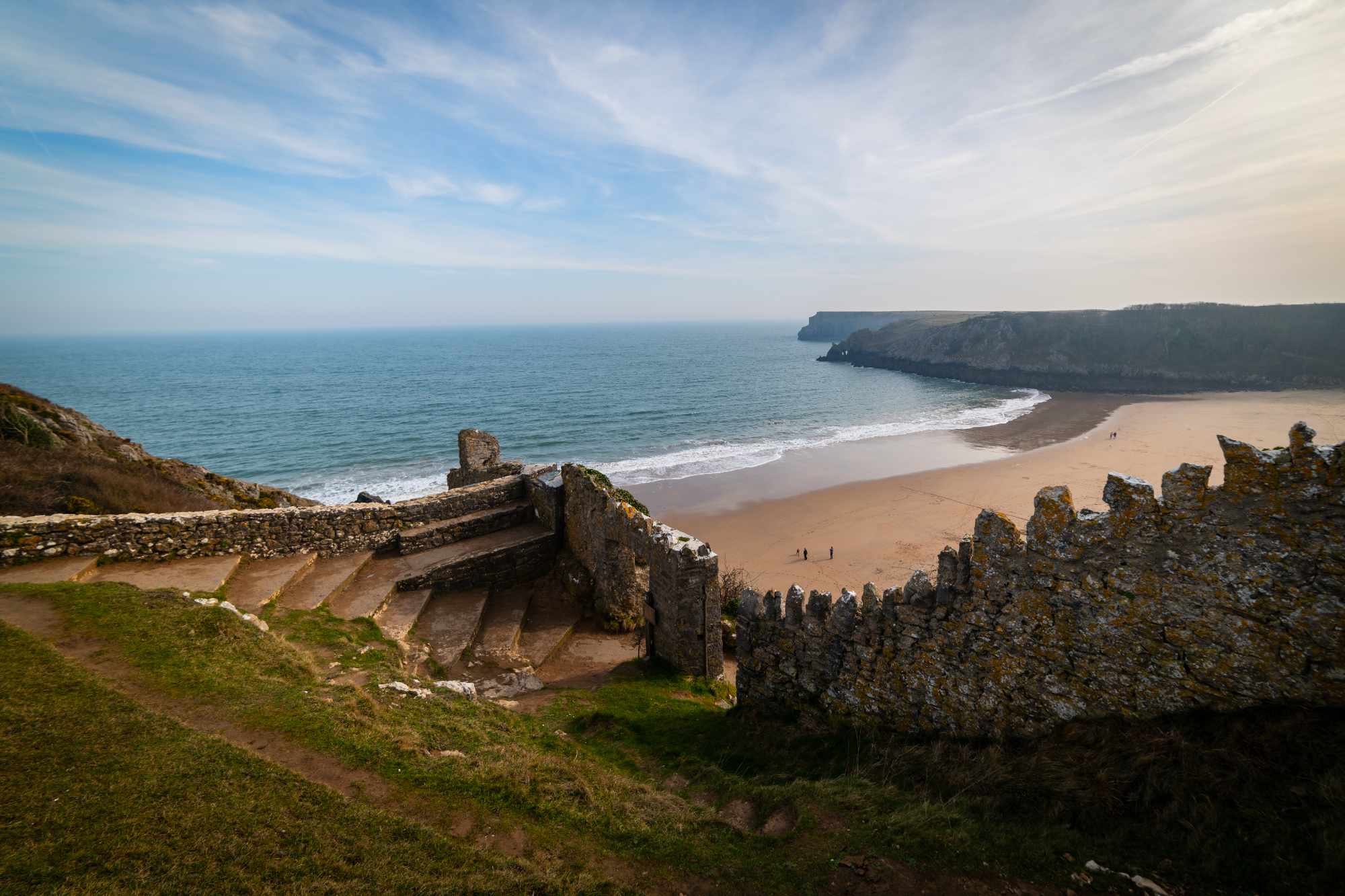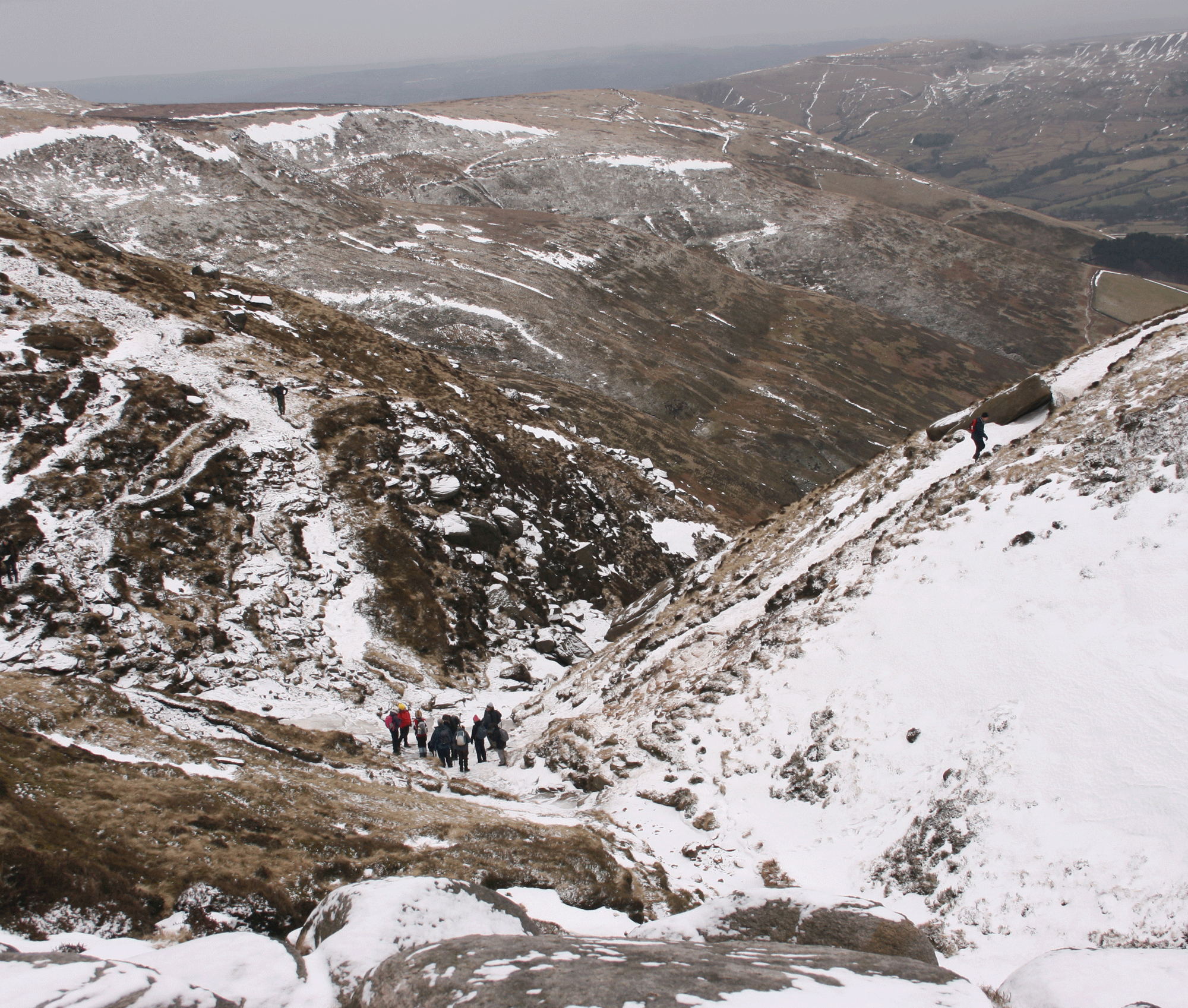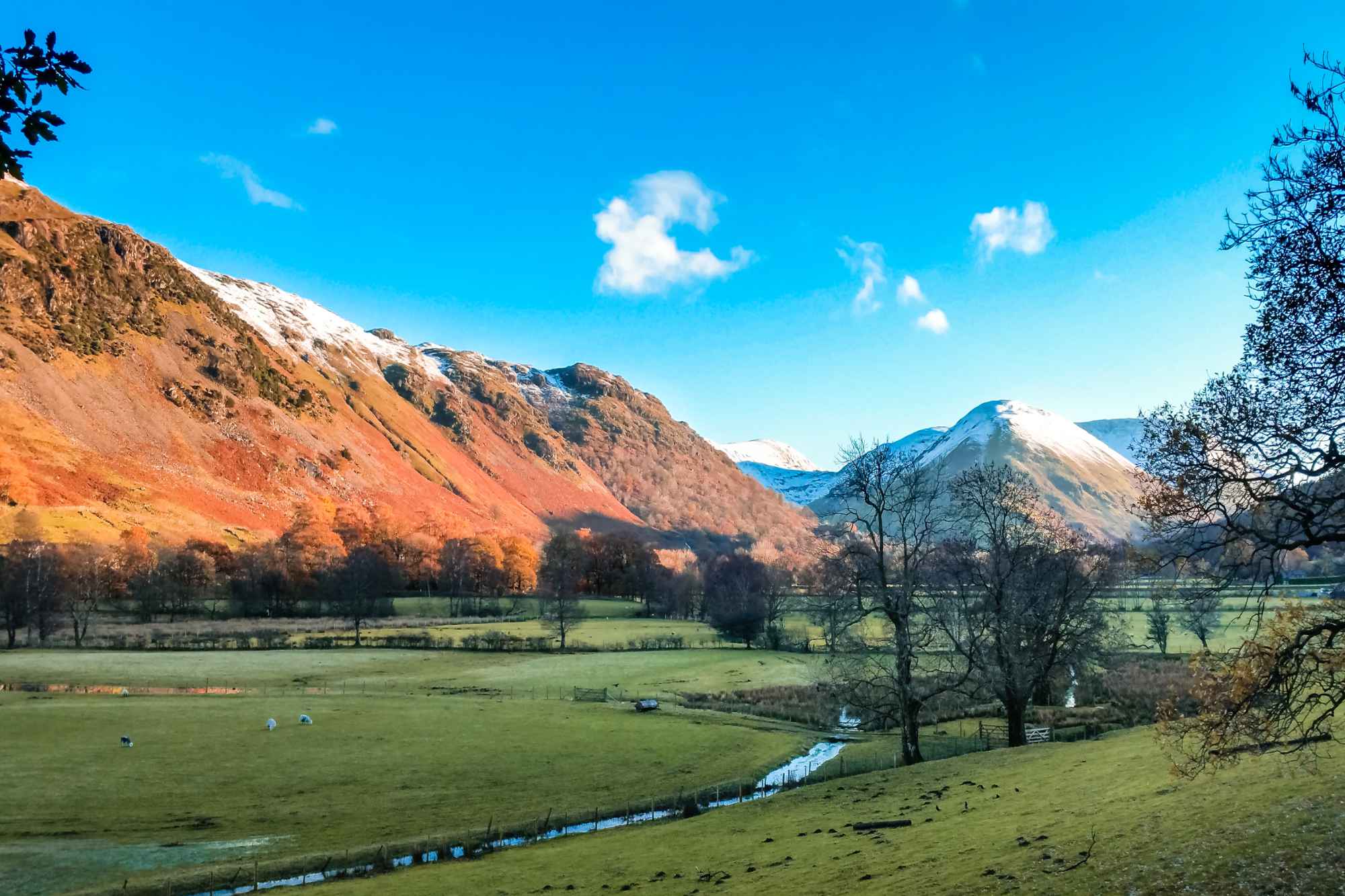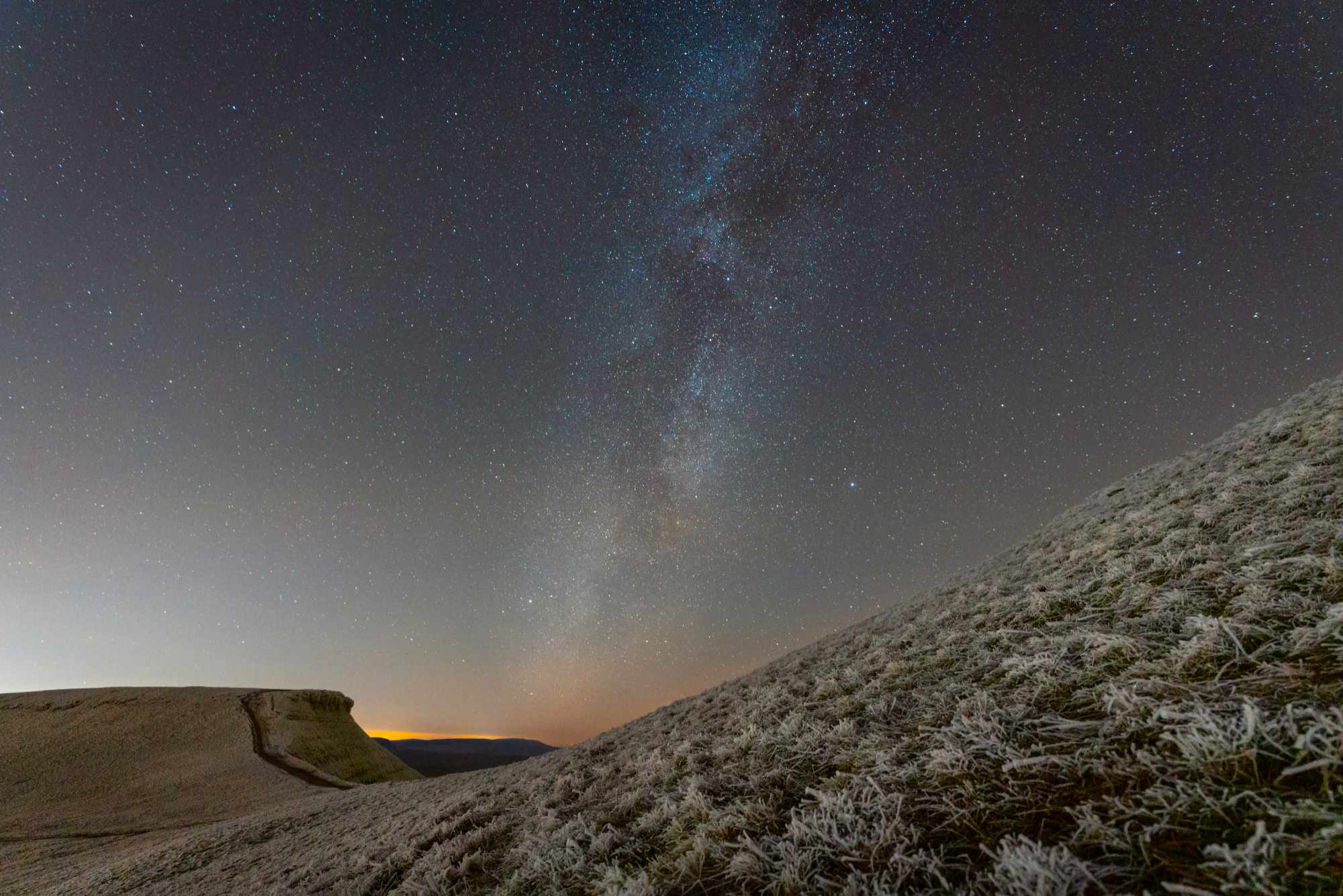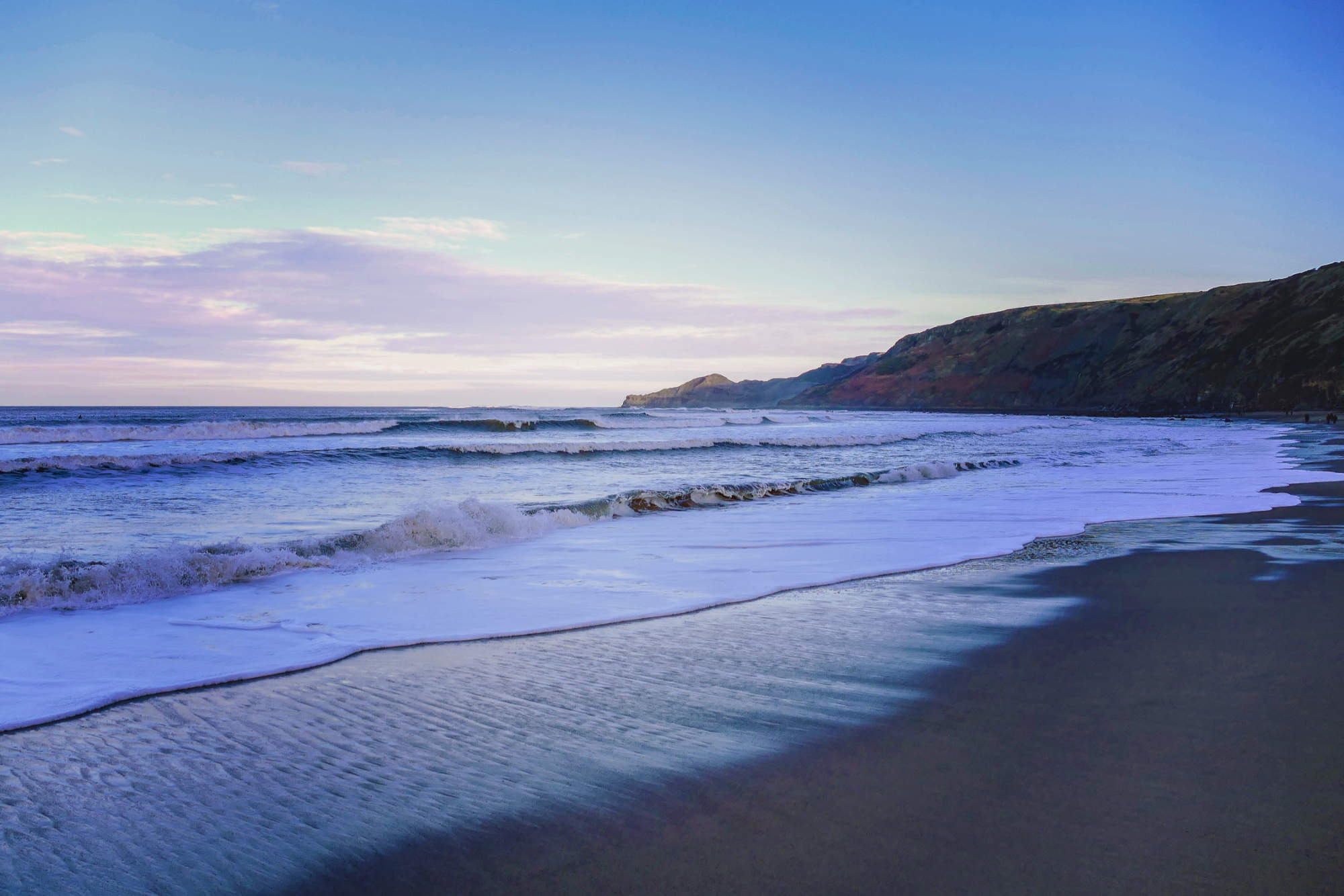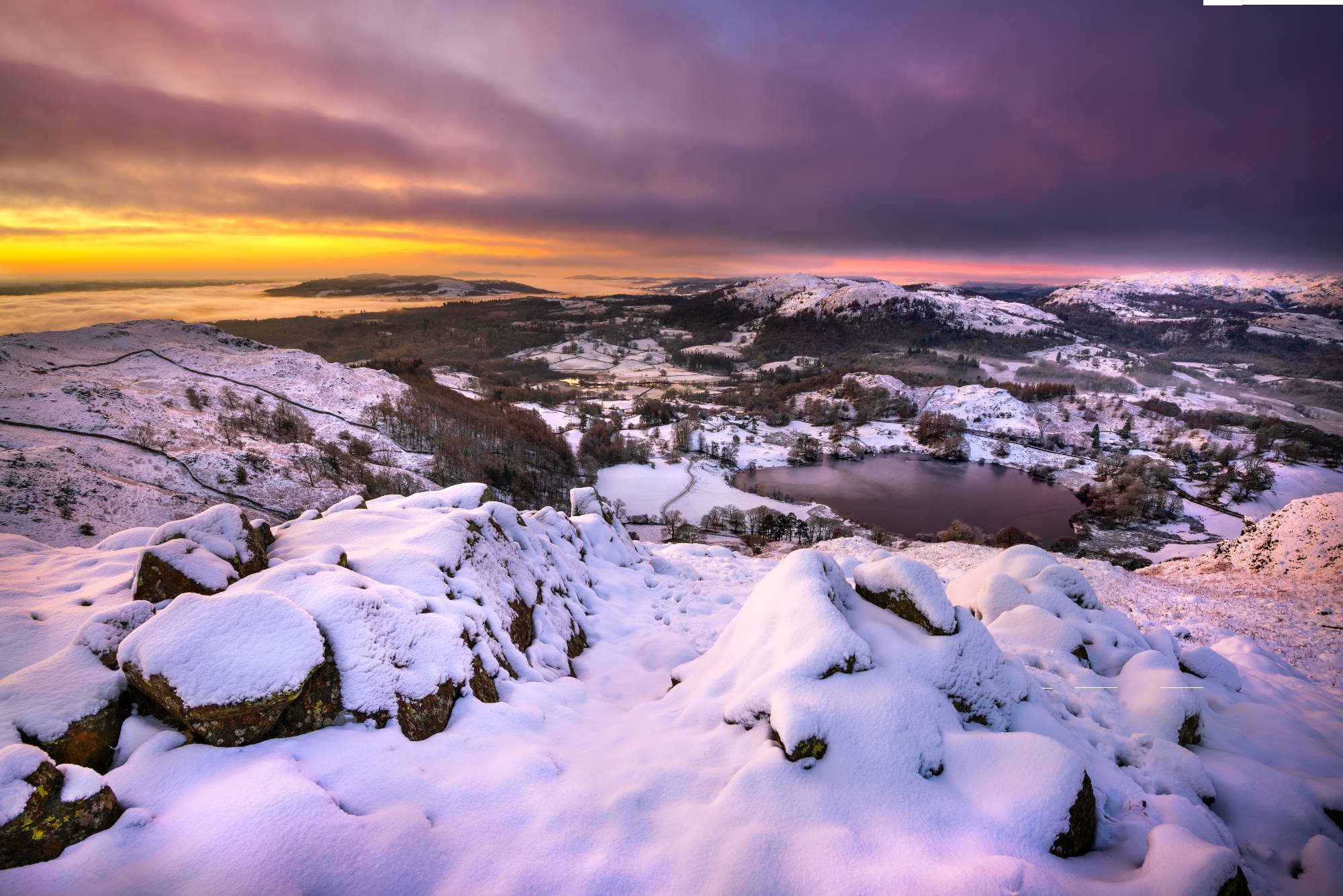As we peered into the dark waters of the boating lake searching for the fidget toy our son had dropped overboard, they suddenly came into focus: scores of pale, translucent creatures gently stretching and contracting as they circulated just below the surface, like a hypnotic screensaver.
This unexpected sighting of moon jellyfish at Hove Lagoon was just one of our many encounters with wildlife during a May half term visit to YHA Truleigh Hill, 216 metres up on the South Downs near Shoreham-by-Sea. We were staying in one of the hostel’s two safari tents at the suggestion of our 11-year-old daughter, who had spotted them on the YHA website.
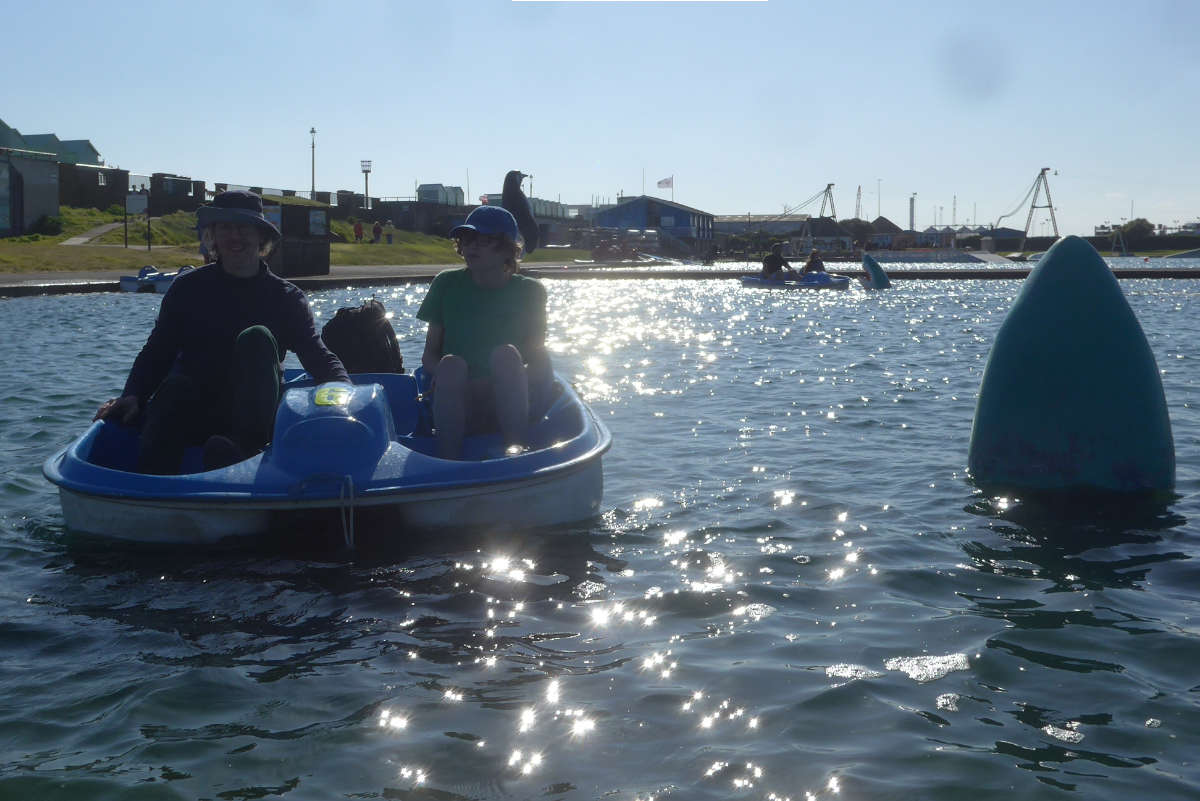

Many people walk or cycle to the hostel, as it’s right on the South Downs Way, a National Trail that stretches for 100 miles from Winchester to Eastbourne. By car it was a three mile drive up a narrow road, with spectacular views on either side of the ridge: on the one hand, the 116 whirling turbines of the Rampion Offshore Wind Farm in the turquoise sea beyond Brighton; on the other, the gentle green landscape of the Sussex Weald. At sunset the hillsides were lit up by hawthorn trees in full blossom and the verges were spilling over with cow parsley and white campion. The Round-headed Rampion is the county flower of Sussex and it really does resemble a wind turbine.

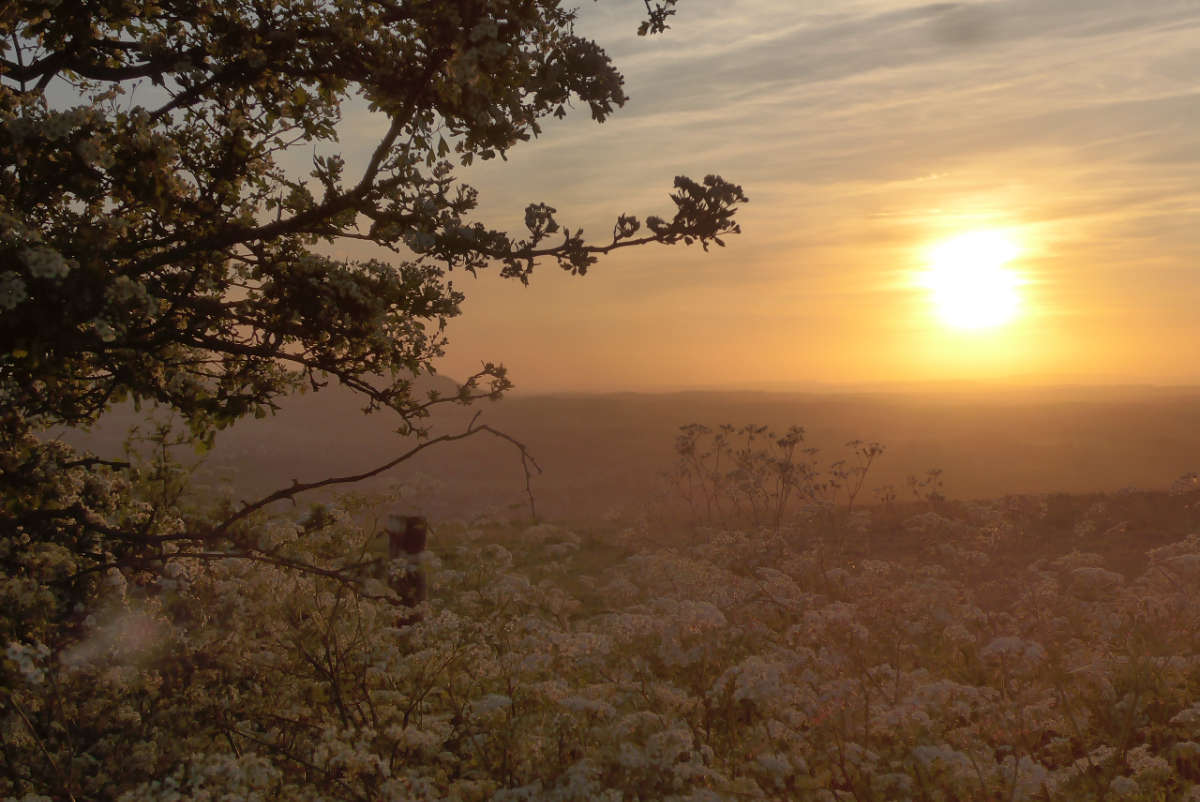
Our safari tent was large and comfortable, with two bedrooms; a living/dining area with a table and a sofa; a kitchenette where we prepared all our meals (except breakfast, as we’d signed up for the hostel’s continental buffet); and a covered verandah on stilts, the perfect place to sit at night watching the clouds scudding across the moon, or at first light, listening to the dawn chorus. The hostel also has bell tents and Landpods.
The chalk downland that surrounds YHA Truleigh Hill is one of the UK’s rarest and most diverse habitats. In recent years volunteers and hostel staff have developed and maintained an extensive nature reserve in the hostel grounds. It includes a wildflower meadow which provides nectar for butterflies and bees and a dew pond with a hibernaculum where the population of great crested newts can hibernate undisturbed during the winter.

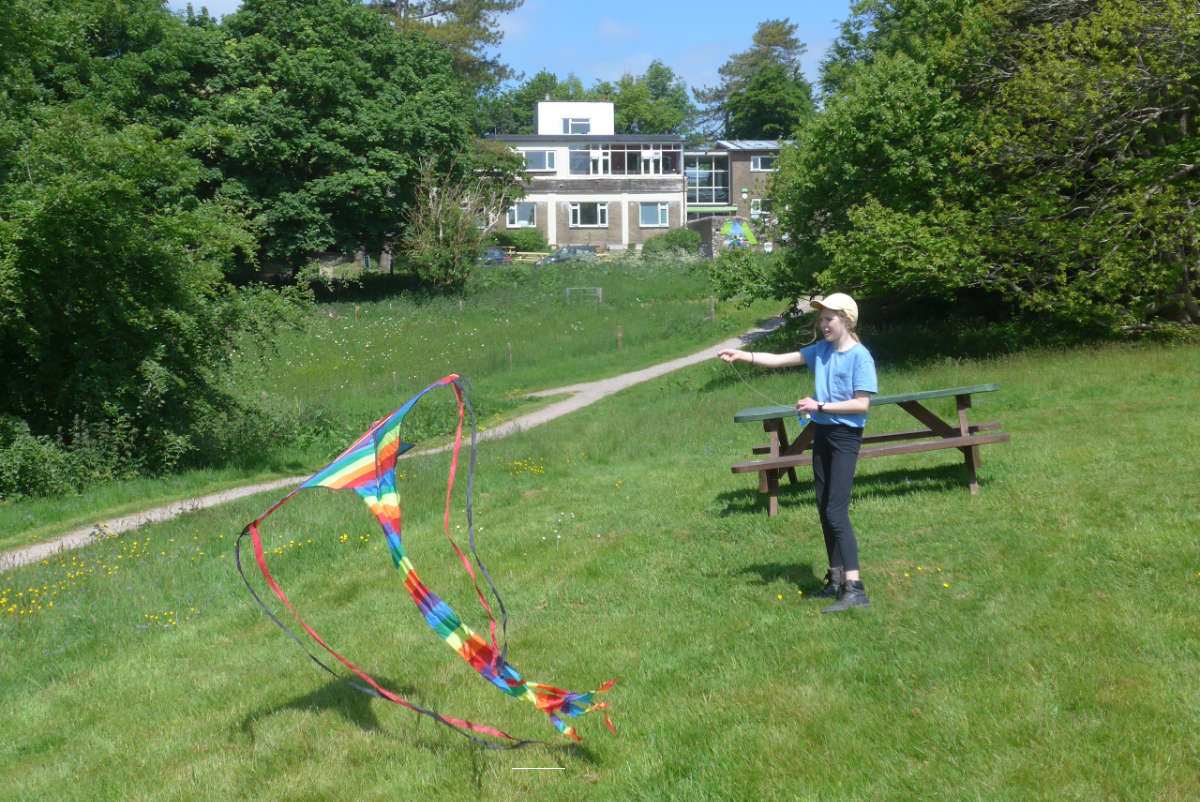
When we visited the pond in search of these rare amphibians it took us a while to spot them. Finally we realised that what we had thought were twigs floating vertically in the water were in fact newts waiting to come up and take a gulp of air or nab a fly.
The new interpretation boards around the hostel provide lots of information about local flora and fauna. Birds to spot include swifts, swallows, red kites, kestrels, and sky larks, and if you’re lucky and persistent you might see a rare Adonis blue butterfly or hear a stridulating male wart-biter bush cricket.
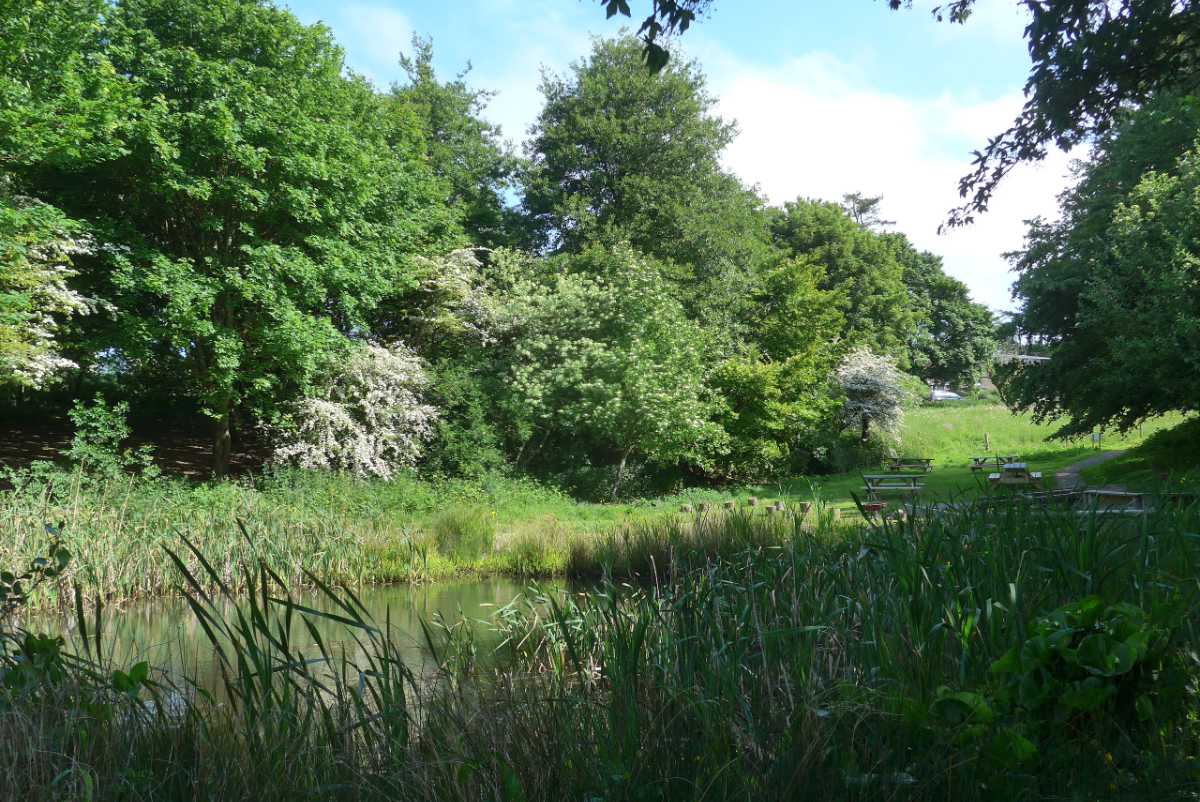
As part of 2022’s inaugural YHA Festival of Walking, YHA Truleigh Hill developed three walks from the hostel door, of varying length and difficulty. We adapted the moderate (7.4 mile) walk slightly, to make it a bit shorter, and walked along the South Downs Way to Devil’s Dyke — the longest, deepest and widest dry valley in the UK — and back. It’s hard to imagine now, but in Victorian times an entrepreneur turned the Dyke into a fairground, with a merry-go-round and swingboats. Some new wooden elephant sculptures commemorate this period in its history. Near the top of the Dyke there’s a convenient pub, and sometimes there are paragliders jumping off the hill into the thermals, bobbing up and down like human mayflies.
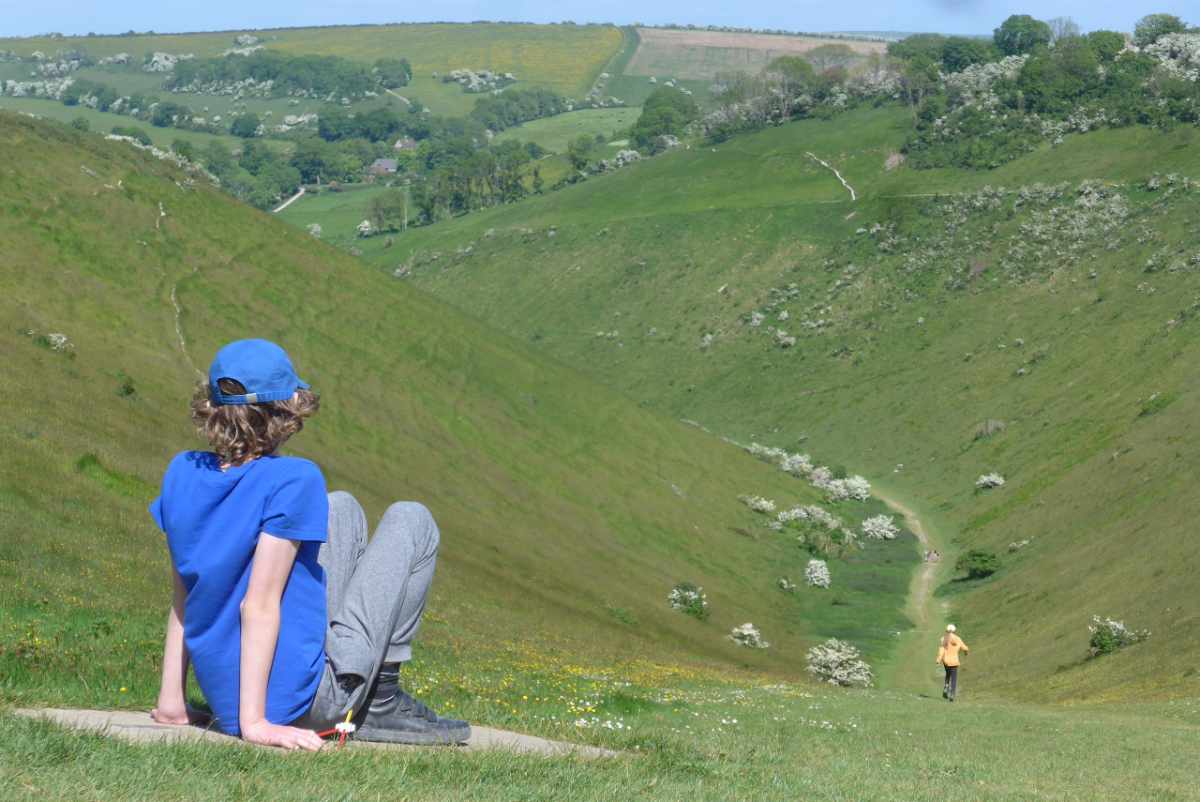

We also adapted the longest (13.1 mile) walk to make it more suitable for children, beginning it near the Norman church of St Nicolas in Old Shoreham. The first part took us across an old wooden bridge to the far bank of the River Adur and through exuberant wildflower meadows to Shoreham Airport. We had lunch at The Hummingbird Restaurant at the terminal, a beautiful Art Deco building from the 1930s, all curves and skylights. From our table outside on the tarmac we had a close-up view of the small planes taking off and landing.
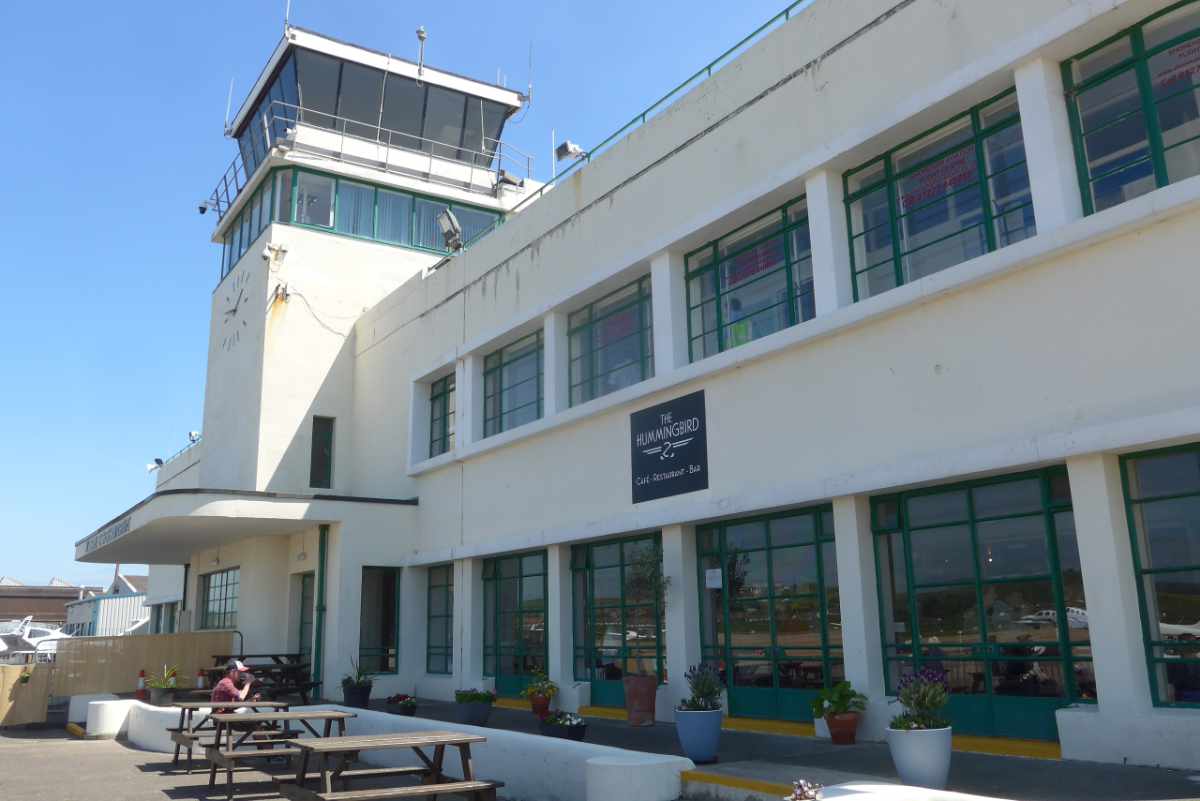
Nearby was a track where people were racing model cars. After watching them skidding and crashing we continued along Riverbank, where most of Shoreham’s famous houseboats are moored. This community dates back to the 1920s but expanded from the 1940s when people began living in surplus-to-requirements boats left over from World War Two. One is an old German minesweeper called Fische.
After a break at the playground and outdoor gym we went down to the sea and walked along the long boardwalk that has been installed on top of the pebbles all the way to the Old Fort, making the shore accessible for people with pushchairs and using wheelchairs. The beach was bright with two shades of pink valerian, horned poppies, and sea kale; a great place to paddle and fly a kite. It was also interesting to see the houses, old and new, that line Old Fort Road.

About a mile up the hill on the way back to the hostel we called in at Mill Hill Nature Reserve for a sunset picnic. Rabbits darted among the buttercups and we had another view of the airport, and Lancing College’s imposing Victorian chapel in the distance.
During WW2 Truleigh Hill was a radar station, and in the Cold War an underground nuclear bunker was built here to protect the communications equipment. The entrance was hidden by an unremarkable looking brick bungalow — it’s just a shell, not a real house — and although it’s fenced off it is possible to go quite close to it and see how it is being gradually taken over by brambles and Old man’s beard. Outside another nearby ruined house all that remains of the garden are some feral red hot pokers.

On our way home we visited Pulborough Brooks RSPB Reserve. From the hides dotted around the floodplain we spotted an avocet and a stork, the latter probably a visitor from the rewilding project at nearby Knepp Castle Estate. It may even have been one of the birds we saw a few years ago at Cotswold Wildlife Park, which bred 21 storks for release at Knepp in 2020.
As we walked back to the visitor centre at Pulborough a beautiful but unfamiliar melody erupted from the lower branches of a hawthorn tree. An experienced birder who had also stopped to listen whispered: “It’s a nightingale”. Afterwards I crept back and actually saw it, its tiny chest puffing up with song. I felt it was telling me to join the RSPB, so I did.
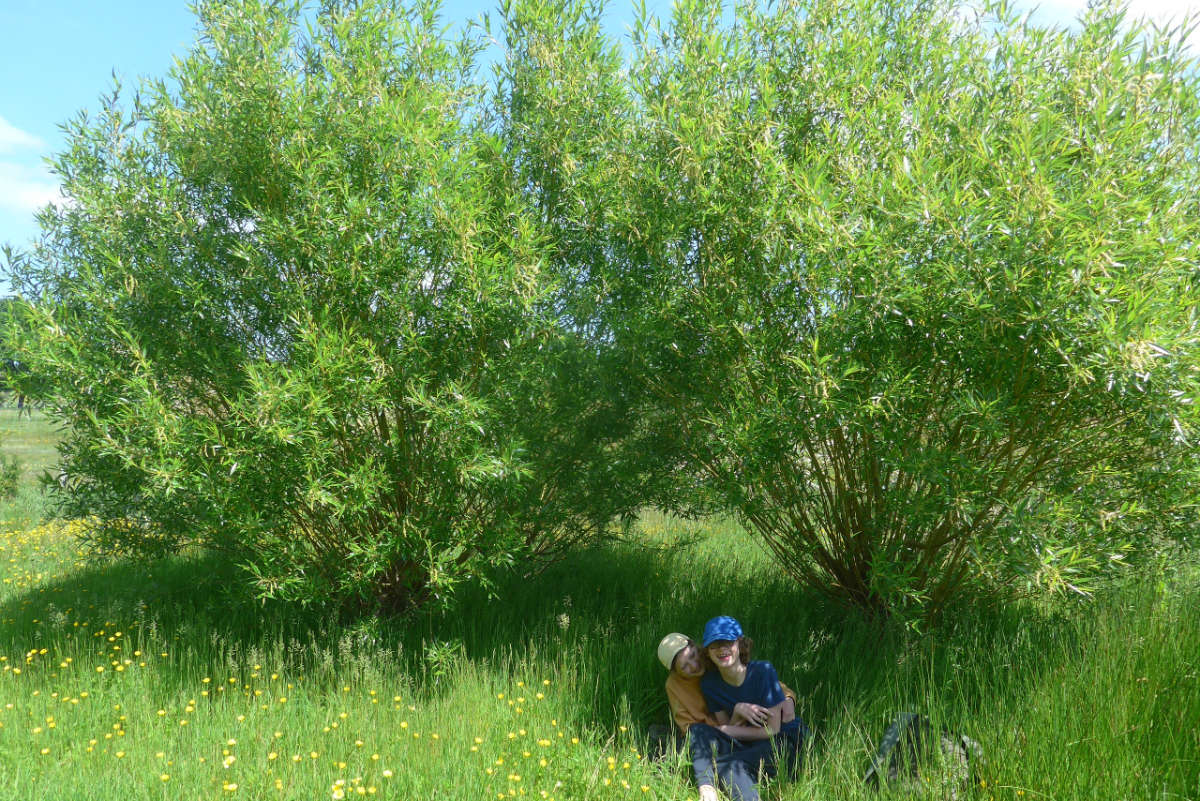
On this Sussex safari we didn’t see any charismatic megafauna, but were able to explore all sorts of different habitats, each teeming with fascinating plants and animals. We returned feeling that we’d had our very own ‘Wild Isles’ experience.
South Downs National Park
https://www.southdowns.gov.uk/
South Downs Way
https://southdownsway.org/
RSPB Pulborough Brooks
https://www.rspb.org.uk/reserves-and-events/reserves-a-z/pulborough-brooks/
Wild Isles
https://www.bbc.co.uk/iplayer/episodes/p0f0t5dp/wild-isles
Visiting by public transport:
Shoreham-by-Sea has a railway station. A taxi up the hill to the hostel costs about £15.
Read more of Jenny’s blogs.
Discover more about YHA.



